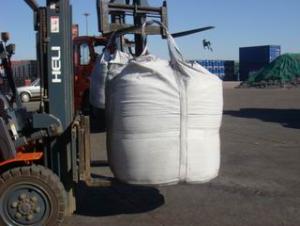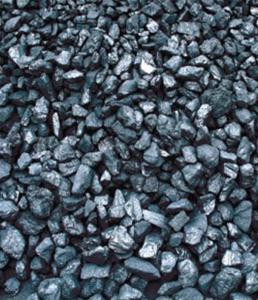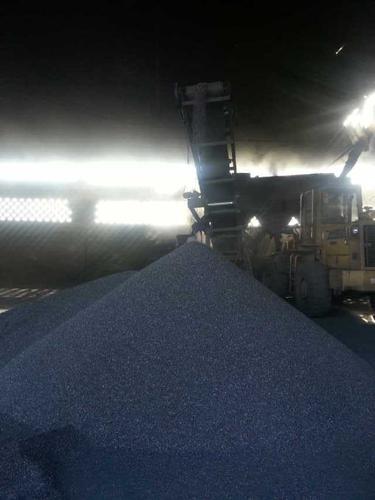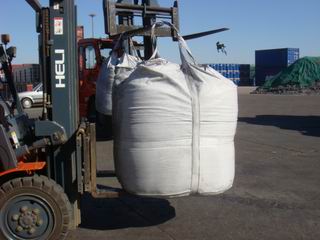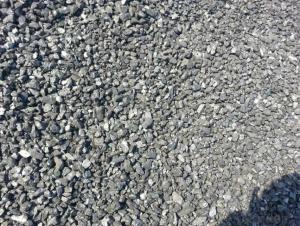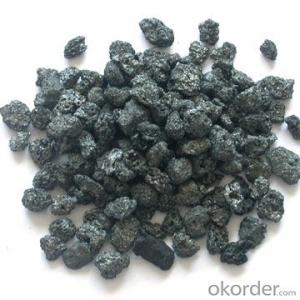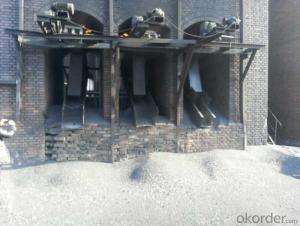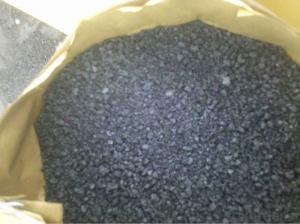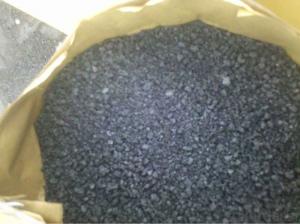Calcined Anthracite High FC 93 CNBM China
- Loading Port:
- Tianjin
- Payment Terms:
- TT OR LC
- Min Order Qty:
- 0 m.t.
- Supply Capability:
- 100000 m.t./month
OKorder Service Pledge
OKorder Financial Service
You Might Also Like
Packaging & Delivery
| Packaging Details: | 1. carbon additive in 1 MT jumbo bag 2. carbon additive in 25kg PP bag 3. carbon additive in 50 kg woven bag 4. carbon additive in bags then put them on pallet 5.bulk in container 6.as your requirements |
| Delivery Detail: | within 10 days after receiving 30% deposit or LC |
Product Description
Carbon additive (carbon raiser) with characteristic of low ash and low sulfur is made from calcined petroleum coke, graphite petroleum coke or high quality anthracite coal . As an ideal recarburizer and intermediate reactor, it has been widely used in different industries like metallurgy, chemistry, machinery, electricity, etc.
The selection of a charging carbon is determined by the quality requirements of the steel or ferroalloy production as well as the cost and availability of carbon products. So the recarburizer is mainly used in the metallurgy to increase the content of carbon.
Specification
Carbon | Min98% |
Ash | Max0.5% |
Sulphur | Max0.05% |
V.M | Max0.5% |
Moisture | Max0.5% |
N | Max0.03% |
H | Max0.01% |
Sizes(mm) | 1-5 1-3 3-10 1-10 |
Calcined petroleum coke as carbon additive
Carbon | Min89% |
Ash | Max0.3% |
Sulphur | Max6% |
V.M | Max10% |
Moisture | Max8% |
N | Max0.03% |
H | Max0.01% |
Sizes(mm) | 1-5 3-8 5-15 10-20 |
Calcined anthracite coal as carbon additive
Carbon | Min90-95% |
Ash | Max5% |
Sulphur | Max0.5% |
V.M | Max1.5% |
Moisture | Max0.5% |
N | Max0.03% |
H | Max0.01% |
Sizes(mm) | 1-5 3-8 1-3 |
Pictures of Calcined AnthraciteCoal:
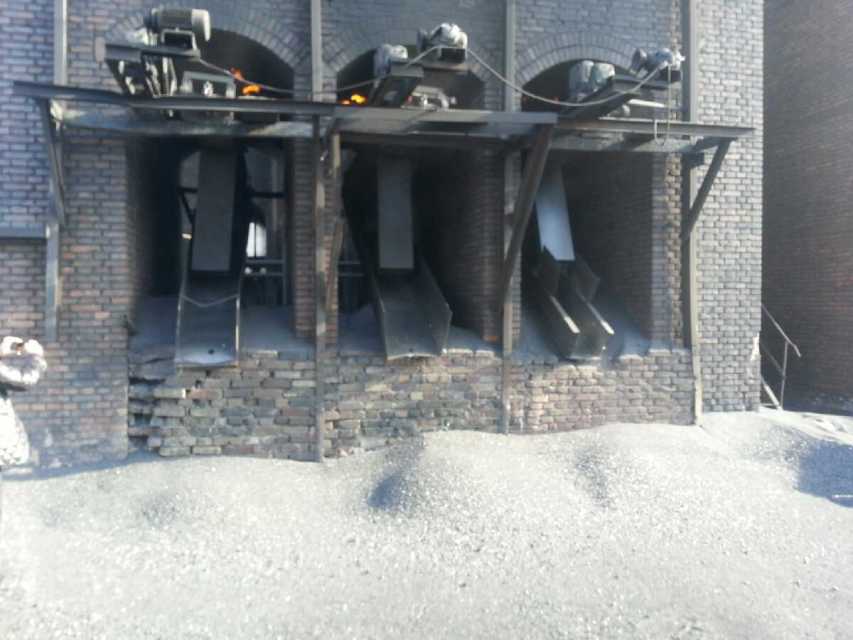
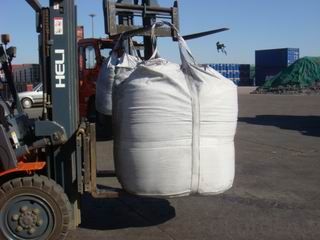
- Q: Yes, I have a weapon, want to strengthen 11, said to be advanced furnace rock carbon, do not know how to get, look at the prawns pointing
- Is there still any carbon in the furnace?After the revision, there is no, where did not sell, the furnace rock carbon has turned into colorless small crystals
- Q: How does carbon dioxide affect fuel efficiency?
- Fuel efficiency in vehicles is primarily influenced by factors such as engine efficiency, weight, aerodynamics, and driving conditions. Carbon dioxide, on the other hand, is a byproduct of burning fossil fuels, commonly used as vehicle fuel. When fossil fuels are burned, carbon dioxide is released into the atmosphere, contributing to the greenhouse effect and climate change. However, it is important to note that the increased concentration of carbon dioxide in the atmosphere does not directly impact fuel efficiency. Despite this, reducing carbon dioxide emissions remains crucial for mitigating climate change and promoting a sustainable future.
- Q: Benefits of reducing carbon emissions
- 2, slow down the greenhouse effect. 1) the increase of diseases and insect pests on the earth;2) sea-level rise;3) the climate is abnormal and the ocean storm is increasing;4) the land was dry and the desertification area increased.Scientists predict that if the earth's surface temperature at the present rate of progress, by 2050 the global temperature will rise 2 to 4 degrees Celsius, the polar ice will melt significantly, resulting in a significant rise in sea level, some island countries and coastal city will be submerged in the water, which consisted of several famous international City: New York Shanghai, Tokyo and Sydney.The greenhouse effect can threaten prehistoric human beings with deadly virusesU.S. scientists recently warned that due to rising global temperatures to the Arctic ice melt, frozen hundreds of thousands of years of prehistoric deadly virus may lead to a global epidemic delivered from oppression, panic, human lives are threatened.Syracuse University of New York scientists in the latest issue of "scientists" magazine pointed out earlier, they found a plant virus TOMV, the virus spread widely in the atmosphere that has its traces in the Arctic ice.
- Q: What are the consequences of increased carbon emissions on educational systems?
- Increased carbon emissions have profound consequences on educational systems. One of the major consequences is the negative impact on the health and well-being of students and teachers. Carbon emissions contribute to air pollution, which can lead to respiratory problems, allergies, and other health issues. This, in turn, affects attendance rates and overall student performance. Furthermore, the effects of climate change caused by carbon emissions, such as extreme weather events and rising temperatures, can disrupt educational infrastructure. Schools may be closed or damaged due to hurricanes, floods, or heatwaves, leading to a loss of instructional time and disruption to the learning environment. In addition, increased carbon emissions contribute to the depletion of natural resources, such as water and food, which can have severe consequences for educational systems. In regions heavily reliant on agriculture, climate change can disrupt food production and availability, leading to malnutrition and reduced cognitive development in children. Lack of access to clean water can also impact sanitation in schools, increasing the risk of diseases and impacting students' ability to concentrate and learn. Moreover, the consequences of increased carbon emissions extend beyond physical health and infrastructure. Climate change is a complex global issue that requires an understanding of scientific concepts and critical thinking skills to address. However, inadequate education on climate change and its causes can hinder students' ability to comprehend and respond to this pressing issue. Furthermore, the economic impacts of climate change resulting from increased carbon emissions can strain educational systems. Governments may have to divert resources away from education to address climate-related disasters and their aftermath. Limited funding for education can lead to reduced access to quality education, inadequate facilities, and lower teacher salaries, all of which can negatively impact the overall quality of education provided. In conclusion, increased carbon emissions have wide-ranging consequences on educational systems. From the health and well-being of students and teachers to disruptions in infrastructure and access to resources, the effects of carbon emissions can hinder educational outcomes. Addressing climate change and reducing carbon emissions is crucial not just for the environment but also for the future of education.
- Q: How is carbon used in the medical field?
- The medical field utilizes carbon in various ways, thanks to its unique properties. Activated charcoal, for example, is commonly used in hospitals to treat cases of poisoning or drug overdoses. Its large surface area allows it to adsorb toxins and chemicals, preventing their absorption into the bloodstream. Carbon also plays a role in medical imaging techniques like positron emission tomography (PET) scans. Carbon-11, a radioactive form of carbon, is used to label molecules such as glucose in PET scans. This labeled carbon is injected into the patient, and a PET scanner detects its distribution in the body. This technique aids in diagnosing and monitoring diseases, including cancer, by visualizing metabolic activity in organs and tissues. Additionally, carbon-based materials like carbon nanotubes and graphene are extensively researched for their potential in drug delivery systems. These materials can be modified to transport therapeutic agents, such as drugs or genes, to specific targets in the body. Carbon nanotubes, in particular, have shown promise in enhancing drug delivery efficiency and reducing side effects. Furthermore, carbon plays a vital role in manufacturing medical devices and implants. Carbon fiber-reinforced polymers are used in orthopedic implants and prosthetics due to their strength, flexibility, and biocompatibility. Carbon-based materials are also crucial in producing electrodes for medical devices like pacemakers, defibrillators, and neurostimulators. In conclusion, carbon has a wide range of applications in the medical field, from treating poisonings to improving diagnostic imaging techniques, drug delivery systems, and the production of medical devices. It continues to be a crucial component in advancing medical technology and enhancing patient care.
- Q: Now the furnace rock carbon early deleted, more than +10, he wants advanced I can't do ah
- Higher carbon is a little more likely than colorless reinforcement. Kylie, there are 2 kinds of reinforcement. The strengthening above requires only a colorless color
- Q: How does carbon affect the formation of wildfires?
- Carbon does not directly affect the formation of wildfires, but it plays a crucial role in their intensity and duration. Carbon is a key component of organic matter, such as vegetation and dead plants, which serve as fuel for wildfires. When a wildfire occurs, the heat causes the carbon in these fuels to combine with oxygen, resulting in the process of combustion. This combustion releases energy in the form of heat, light, and gases, including carbon dioxide (CO2) and carbon monoxide (CO). The presence of carbon-rich fuels significantly contributes to the spread and intensity of wildfires. Dry and dead vegetation, often referred to as fuel loads, are highly flammable and allow fires to rapidly spread. Additionally, the carbon content in these fuels determines the amount of energy released during combustion. Consequently, the more carbon-rich the fuel, the more intense the fire will be. Moreover, the combustion of carbon during wildfires releases significant amounts of carbon dioxide into the atmosphere. Carbon dioxide is a greenhouse gas, which traps heat in the Earth's atmosphere and contributes to the greenhouse effect, leading to global warming. Increased levels of carbon dioxide in the atmosphere exacerbate climate change, further influencing the frequency and severity of wildfires. In summary, carbon indirectly affects the formation of wildfires by serving as fuel for combustion. The carbon content in vegetation and dead plants determines the intensity and spread of wildfires, while the release of carbon dioxide during combustion contributes to the long-term impact of wildfires on climate change.
- Q: What is a carbon electrode? What's the use? What's the current situation in the industry? Try to be specific. Thank you
- Tons of ferrosilicon smelting costs reduced by 300-400 yuan, tons of calcium carbide smelting costs reduced by more than 100 yuan.Carbon electrode is an energy saving and environmental friendly product. It can greatly reduce power consumption and reduce pollution in the use of calcium carbide and ferroalloy ore heating furnaces. It is the replacement product of electrode paste. In the submerged arc furnace with the same capacity, electrode paste self baking electrode compared with the following characteristics: improving smelting furnace production, reduce power consumption and reduce the labor intensity (15-20%; 1 tons of iron smelting alloy consumption of electrode paste carbon electrode about 60kg, consumption is only about 12kg, reduce the operating times of the electrode), simplified production process; to avoid or reduce the self baking electrode frequent "broken soft" and "hard" accidents, improve the working environment, reduce operating costs.
- Q: Today in the market to buy Yuba, instructions have such a word that I don't understand, please master Zhijiao: carbon fiber after energized carbon molecule formation of Brown movement, this movement can be effective in most of the electrical energy into the far infrared.
- They are the transition of vibrational levels or rotational levels under conditions of carbon energization. All molecules are doing irregular movements, for example, there is a bond between two molecules, equivalent to a spring connecting two balls connected to two balls, they vibrate, the frequency is v.
Send your message to us
Calcined Anthracite High FC 93 CNBM China
- Loading Port:
- Tianjin
- Payment Terms:
- TT OR LC
- Min Order Qty:
- 0 m.t.
- Supply Capability:
- 100000 m.t./month
OKorder Service Pledge
OKorder Financial Service
Similar products
Hot products
Hot Searches

